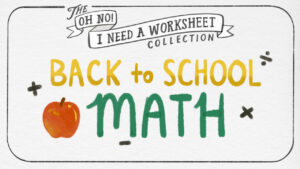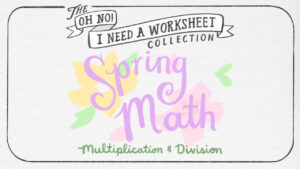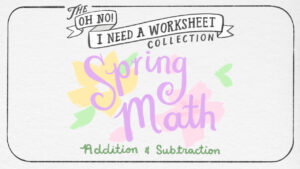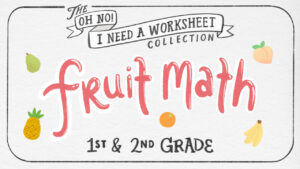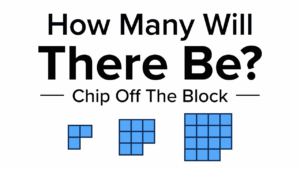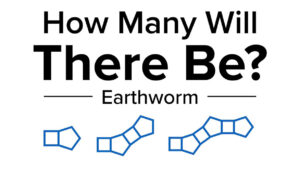Math Games

Contig
Roll three dice and combine them using any mathematical operation. But be strategic to maximize your points!

Racetrack – Race Around A Graph
How fast do you get your mathematical car going without crashing?

Fizz Buzz: A Counting and Divisibility Game
Ready for a tricky counting and divisibility game?

Game: Number Scrabble
What if we played Tic-Tac-Toe with numbers and instead of three-in-a-row, we add up to 15? Well… then we’d have Number Scrabble!

The Game of 100
Who can get to 100 first in this simple, but delightful, math game?





